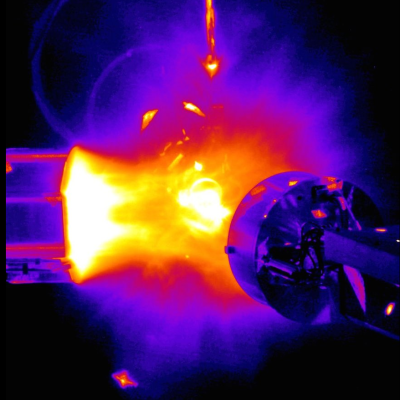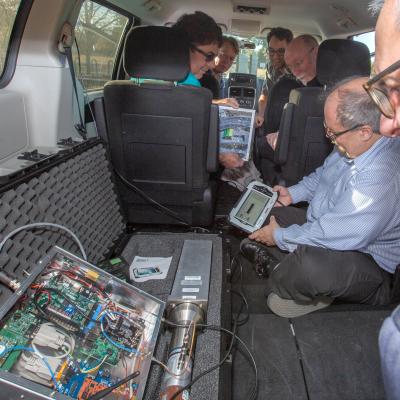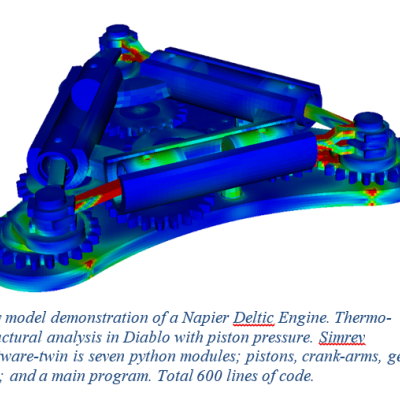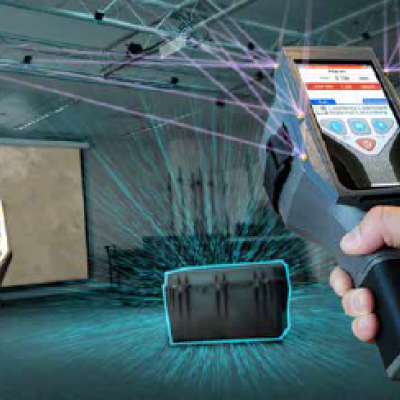To address the need for realistic and high-fidelity first responder training, a multidisciplinary team at LLNL has worked to establish the new gold standard simulator called TARANTULA (Tactical Augmented Reality Applications for Nuclear Emergency Support Team (NEST) Training using Livermore Analytics). TARANTULA is a scientifically accurate, fully functional, field-deployable simulator that…


There are three main components to the RaFTS system: 1) the radiation detector, which can be of any type and from any manufacturer; 2) the RaFTS electronics, which produce the electronic pulses that are injected into the electronics of the radiation detector through a (to be) standardized port interface; and 3) the exercise scenario, which defines the synthetic radiation field and time-varying…

Simrev is a python library imported into a user-generated program. As the program grows in capability and complexity, the engineered product matures. The "software twin" handles all changes to product configuration and is the portal to running supercomputing analysis and managing workflow for engineering simulation codes. Assemblies become program modules; parts, materials, boundary conditions…

